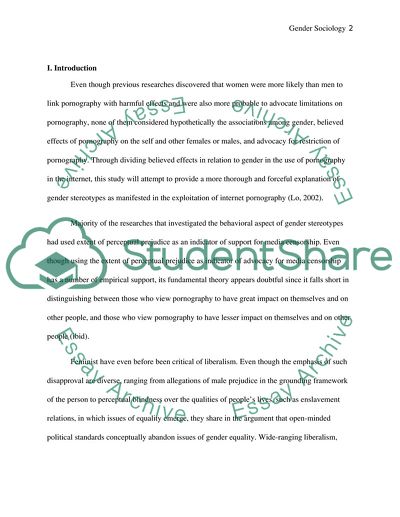Cite this document
(Effect of the Proliferation of Pornography on Gender Stereotypes Coursework, n.d.)
Effect of the Proliferation of Pornography on Gender Stereotypes Coursework. https://studentshare.org/gender-sexual-studies/1550607-gender-sociology
Effect of the Proliferation of Pornography on Gender Stereotypes Coursework. https://studentshare.org/gender-sexual-studies/1550607-gender-sociology
(Effect of the Proliferation of Pornography on Gender Stereotypes Coursework)
Effect of the Proliferation of Pornography on Gender Stereotypes Coursework. https://studentshare.org/gender-sexual-studies/1550607-gender-sociology.
Effect of the Proliferation of Pornography on Gender Stereotypes Coursework. https://studentshare.org/gender-sexual-studies/1550607-gender-sociology.
“Effect of the Proliferation of Pornography on Gender Stereotypes Coursework”. https://studentshare.org/gender-sexual-studies/1550607-gender-sociology.


